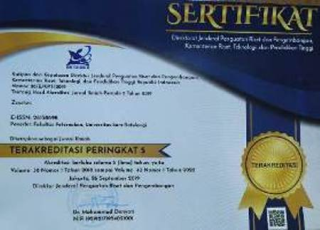Domestication and genetic characteristics of pig – a review
Abstract
Pigs are one of the main types of livestock kept by humans because of their high reproductive system and the ability to survive in all kinds of conditions. Modern pigs have gone through a long history of domestication processes, ranging from migration, selection, adaptation, and other natural events. Important records of pig origins have divided the domestic pig population into two main groups namely Asian and European breeds. These two groups clearly separated about 58,000 years ago. In particular it is recorded that the European wild boar was domesticated around the 4th century BC. European pigs then got new genes since the introduction of the Asian pig which is thought to have occurred at the end of the 18th century. Domestication of pigs affects the genetic diversity of these animals which in turn will disrupt the availability of pig germplasm. However, the need for superior breeds with high productivity values will be indispensable given the increasing food supply for the community both in terms of food quality and quantity. This fulfilment is actually not just for a moment but in a very long and sustainable period, and the latter can only be fulfilled if the genetic resources of pigs are maintained through good gene conservation programs.
Keywords: Pig, genetic diversity, domestication, livestock genetic conservationFull Text:
PDFDOI: https://doi.org/10.35792/zot.42.2.2022.41964
Refbacks
- There are currently no refbacks.

This work is licensed under a Creative Commons Attribution-NonCommercial 4.0 International License.
ALAMAT REDAKSI:
Fakultas Peternakan Universitas Sam Ratulangi
Jalan Kampus, Bahu Manado, 95115
Telp. 0431-863186, E mail : jzootek@yahoo.com











